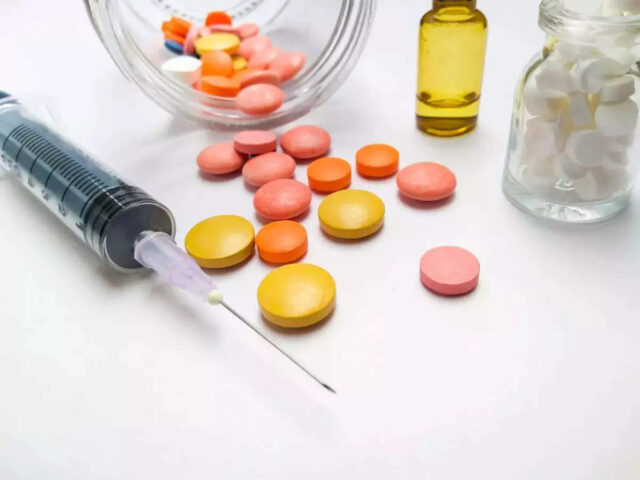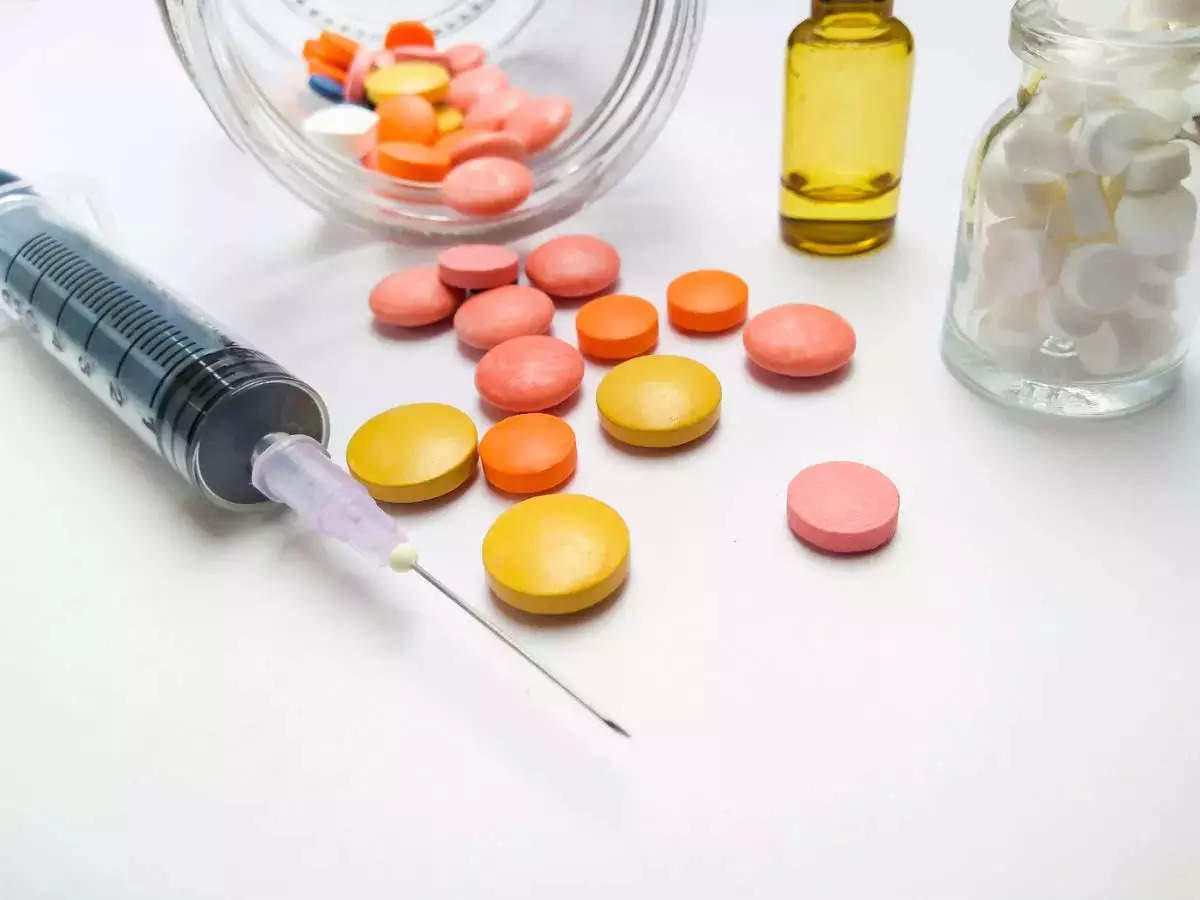Although India’s prowess in the pharmaceutical domain is solid with 3rd in ranking in terms of volume but drops considerably to 14th in terms of value. A substantial portion of India’s pharmaceutical imports, which amounts to USD 7.9 billion in the fiscal year 2023, comprises around 85% to 90% of bulk drug imports (55%) and pharmaceutical formulations (30% to 35%).
The Government of India’s continued support to the healthcare industry through policy interventions like the Ayushman Bharat Digital Mission (ABDM) and Research-linked Incentive Scheme for promotion of R&D in pharma (PRIP) has resulted in increased domestic manufacturing, attracted investment, and promoted higher consumption. However, there is substantial scope for strengthening domestic capacity of the healthcare industry and Budget 2024 will play a decisive role in determining this.
Streamlining regulation
The current regulatory framework for drugs and pharmaceuticals has evolved but the fragmented nature of regulation requires multiple licenses for each kind and place of operations. From a foreign investment standpoint, definitional clarity on brownfield projects is required especially where existing infrastructure is used for setting up new projects. Additionally, any business restructuring exercise require multiple compliances, which is tedious and time consuming.
A ‘singular regulatory’ approach would assist in reducing compliance burden. A framework like the unified FSSAI license may be explored. The Digital Drugs Regulatory System (DRS) is a step in the right direction. However, technical, and operational integration of all regulators, actual implementation of a uniform regulation and data standardisation must be prioritized.
Reforms in pricing controls
The pricing regulations for pharmaceuticals in India needs to be more inclusive. Currently, if the Government decides the price of a particular drug, it is notified as an essential drug without industry participation. Consequently, investment in drugs is affected owing to fear of being put under the price control list. Pricing of drugs needs to be more consultative in nature.
Additional policy incentives to manufacturers
While the Production Linked Incentive (PLI) schemes for drugs and medical devices has assisted in increased domestic production, imports of drugs remain high. Import of bulk drugs, medical devices and Active Pharmaceutical Ingredient (APIs) have gone up on an average of ~25% in FY 2022. This demands re-engineering of manufacturing incentives.
The Government may incentivise via additional tax benefits for companies participating in the PRIP scheme. Additionally, under the Public Procurement (Make in India) Order 2020, preferential treatment should also be given to those companies which have already qualified for PLI and PRIP and already contribute towards India’s growth.
Capacity building for revised manufacturing compliances
Recently, the Government modified the Good Manufacturing Practices (GMP) under Schedule M of the Drugs and Cosmetics Rules, 1945 to align with the WHO-GMP on ensuring quality and boosting exportability of Indian manufactured drugs. This is a welcome step by the industry, and it is recommended that the Government takes this further via capacity or infrastructure support to comply with these practices.
Regulatory clarity for online pharmacies
As India continues to thrive in her ‘techade’, the e-pharmacy industry is forecasted to grow at a CAGR of ~45% between 2021 to 2026. E-pharmacies offer several advantages like convenience and increased access to healthcare. Some also offer additional benefits like discounts, specialist consultations and diagnostics.
However, this industry in India is struggling to grow further owing to the lack of a legal framework. A set of Draft rules were released in 2021 but are yet to be implemented. Regulatory ambiguity also exists over inter-state sale of drugs, e-prescriptions etc – these are important concerns to be addressed for acquiring much needed clarity for the sector.
Incentives for skilling of healthcare professionals
The WHO reported that there are roughly 11 skilled healthcare workers for 10,000 people in India and highly recommended investment in human resource in healthcare. The Rural Healthcare Statistics report by the MoFHW reported that there was an acute shortage of ~80% of specialist doctors and nurses in community health centres. It is advisable for the government to incentivise the private sector via cash subsidies, apprenticeship opportunities, cost sharing of training programmes and formal certification programmes for doctors, nurses, biotechnologists, ASHA workers and pharmacists. Alternatively, skill development in healthcare may also be explicitly prescribed as a Schedule VII activity under CSR rules.
The healthcare industry presents tremendous potential for growth especially in innovation, research, early detection, and futuristic solutions like robotics-assisted surgery. Primary healthcare and public health infrastructure in India need close attention. While budget expenditure increased from 1.6% of GDP in FY 2021 to 2.1% of GDP in FY 2023, it still falls short of desired numbers. If incentivised in the right way, the private sector’s contribution along with government support can help build a firm foundation of healthcare in India.
(Neha Aggarwal is Partner, Deloitte Touche Tohmatsu India LLP; Anoushka Roy is Assistant Manager, Deloitte Touche Tohmatsu India LLP)
(You can now subscribe to our Economic Times WhatsApp channel)




































